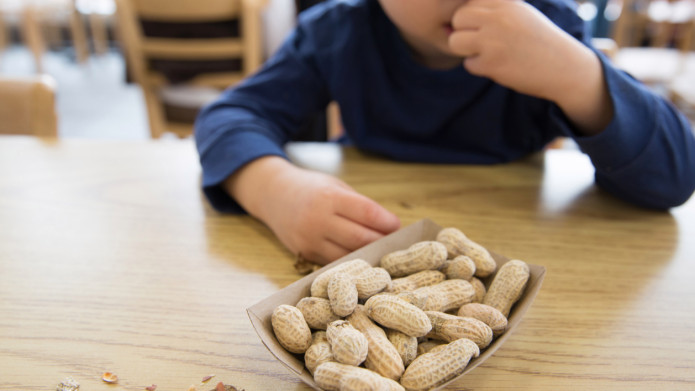
05 Nov Kids Food Allergies: What To Look For
Most parents know that even the most well-behaved kids can be picky eaters—and these parents know that getting these kids to eat can be a huge challenge. Of course, when it comes to dealing with picky eaters, most parents find that little ones tend to be the most particular about their healthy greens and vegetables.
Pickiness is common in kids. However, there is a difference between a child being a picky eater and a child dealing with a food allergy. Sometimes, food allergies can be relatively mild, and your child may notice they get warm, itchy or have an upset stomach when they eat even a little bit of a certain food—ultimately causing them to try to avoid these items. There are other food allergies that can come with much more serious reactions and illnesses—even those that are life-threatening and can cause hospitalization.
Many times, kids and parents have no idea if their little one is dealing with an allergy until they try a food for the first time and experience an allergic reaction. This is why it is so important for kids and caretakers to be on the lookout for different signs and symptoms of a food allergy—especially when kids are trying a food for the first time.
Common Foods That Cause Allergies
Before you start looking for a physical reaction in your child when they try a new food—you may want to be aware of some of the foods that are more likely to trigger allergic reactions. Here are some of the foods most commonly known to cause allergies:
- Peanuts
- Tree nuts such as almonds, cashews and walnuts
- Eggs
- Fish
- Shellfish such as shrimp and lobster
- Cow’s Milk
- Wheat
- Soy
There are also many kids who have allergic reactions to the chemicals, dyes and additives that can be in processed foods.
Signs Of an Allergic Reaction
If you are introducing your child to a new food, particularly to foods that are on our aforementioned list—you should be on the lookout for an instant symptom of a reaction. Typically, symptoms will appear within a few minutes, or up to an hour after they have eaten the food.
Common symptoms include:
- Itching around mouth
- Hives
- Red and itchy skin bumps
- Eczema or red rashes
- Red coloration of the skin
- Runny nose
- Congestion
- Coughing or Wheezing
- Uncontrollable sneezing
- Nausea or upset stomach
- Diarrhea
- Lightheadedness or dizziness
- Complaining of a strange taste in the mouth
- Swelling in the lips, mouth or tongue area
- Swollen and puffy face
If your child is experiencing a serious reaction to a food, then it is important to call 9-1-1 and get them medical attention right away. A real food allergy can impact your child’s heart, breathing or intestinal system and should be taken seriously.
If you have more questions about mild reactions you’ve noticed in your child, or have questions about introducing new foods to a child with sensitivities—contact the experts here at Life In Motion today. You can call us and schedule an appointment with one of our pediatricians by calling 817-617-8600 today.

